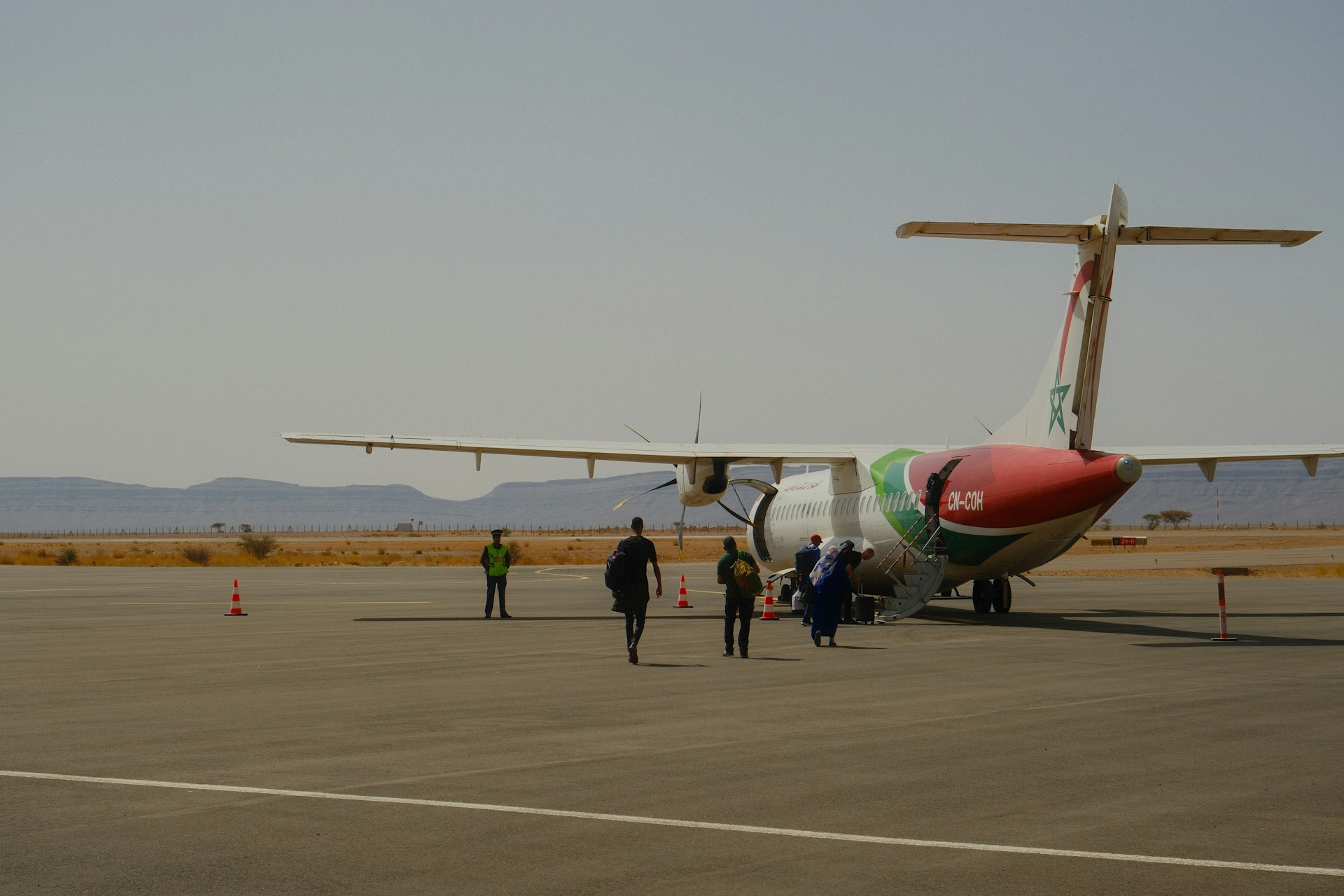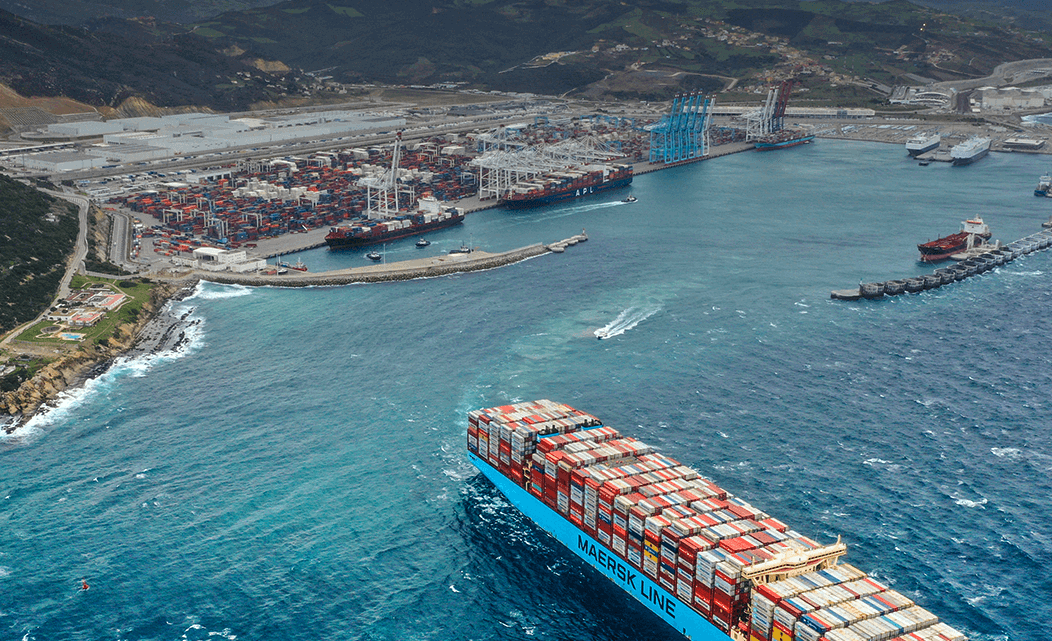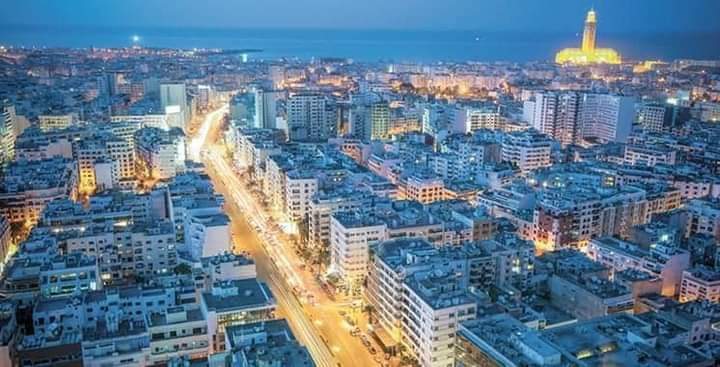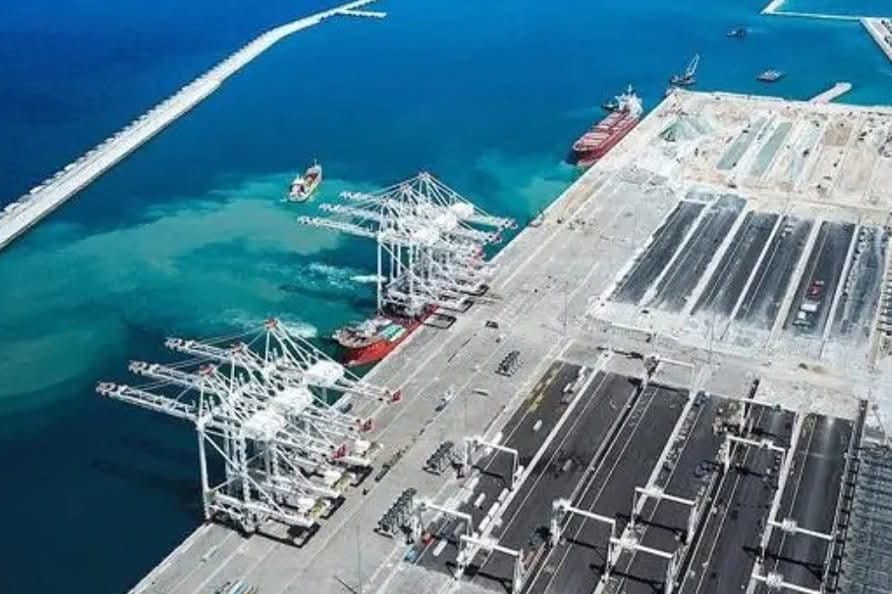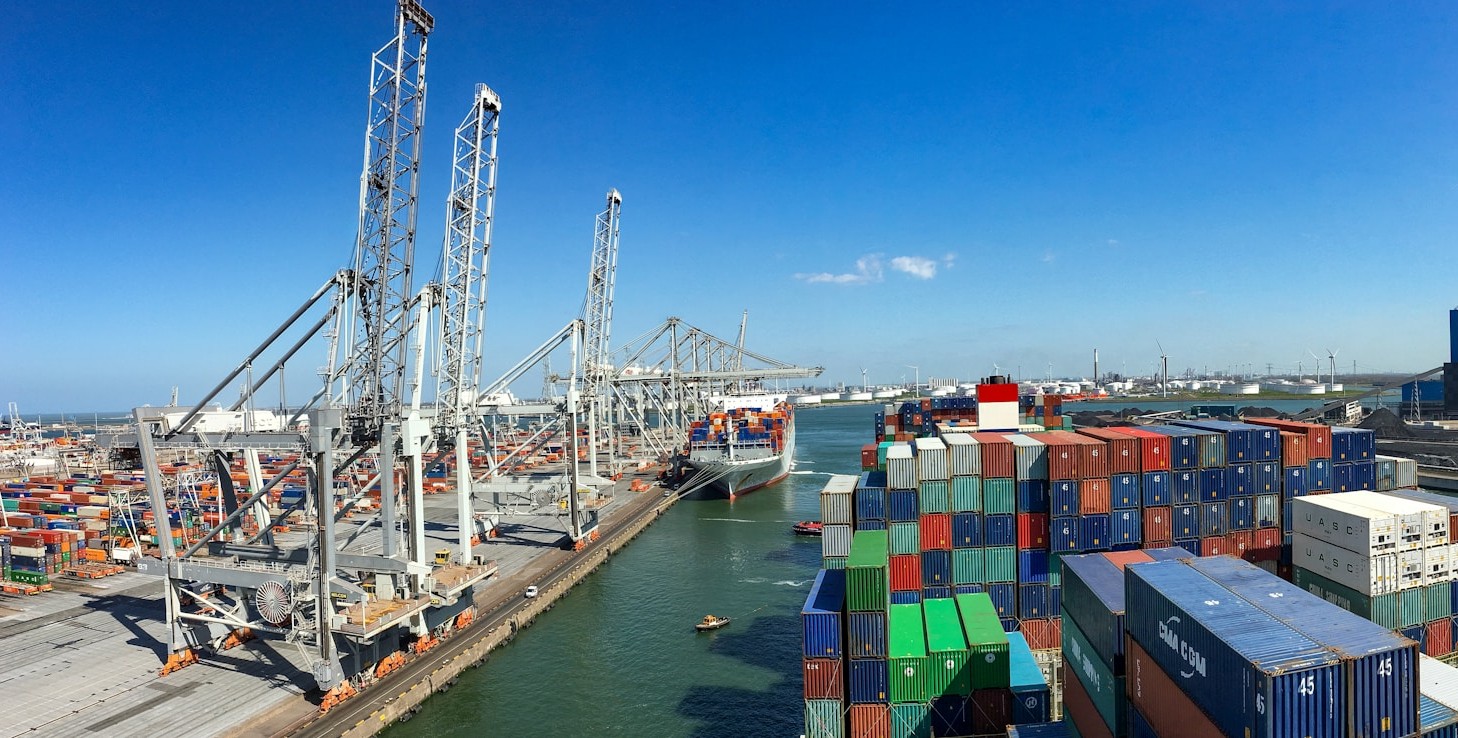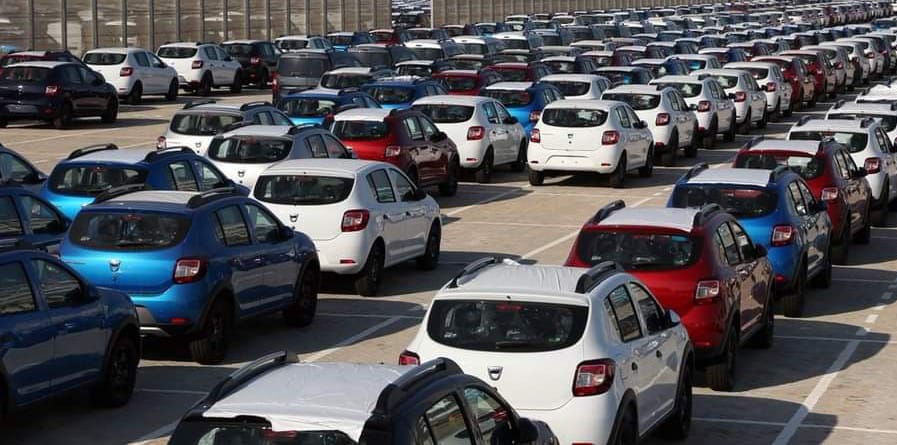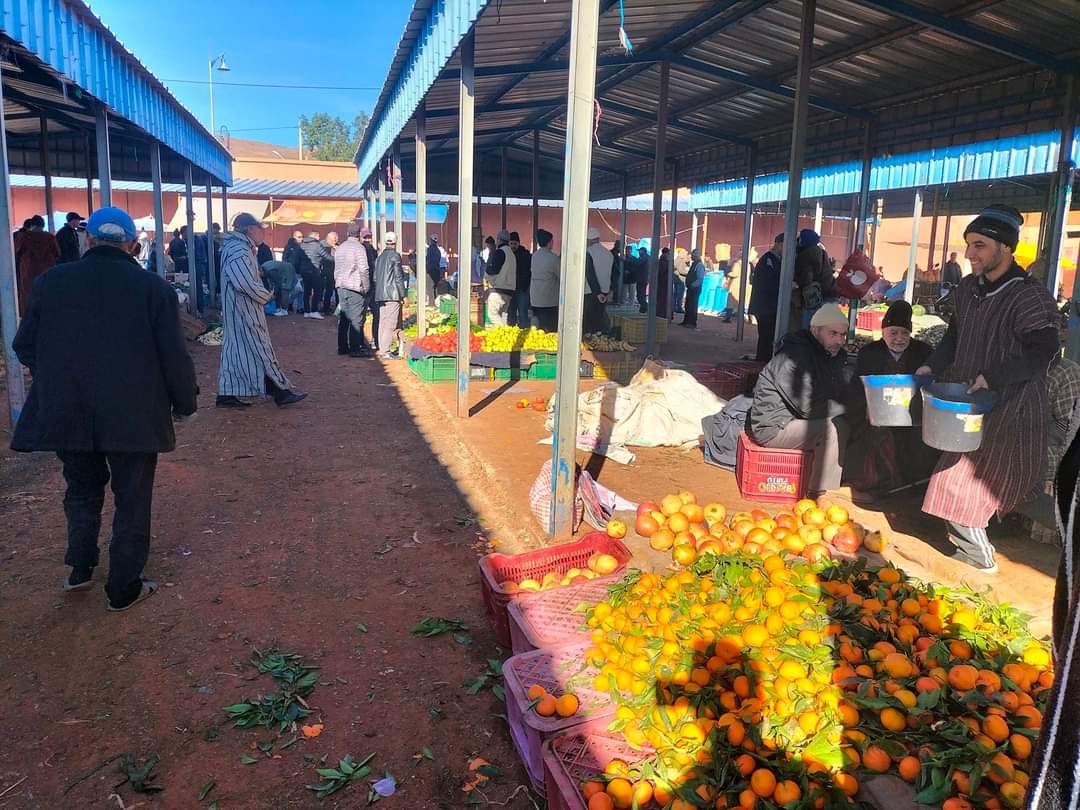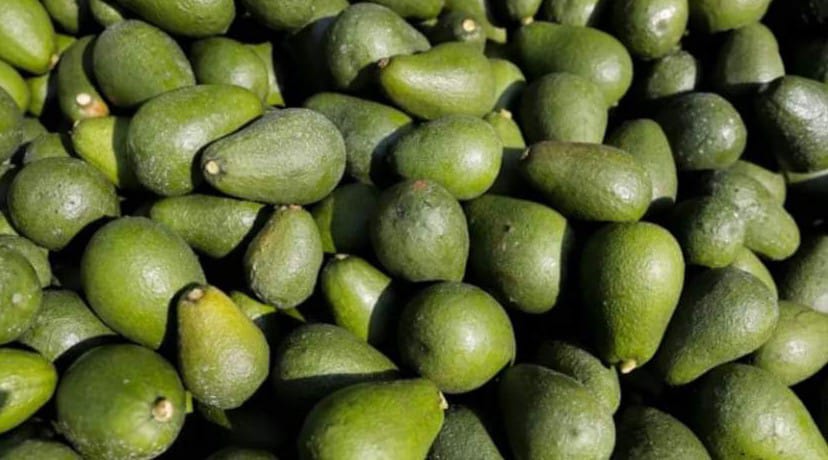Casablanca – The Moroccan government has unveiled a new plan to reduce stark regional inequalities in export performance, as official figures show that just three of the country’s twelve regions dominate the nation’s foreign trade activity.
Speaking at the House of Representatives during a session of oral questions, Omar Hjira, Secretary of State in charge of foreign trade, revealed that 85% of Morocco’s total exports originate from only three regions: Casablanca-Settat, Tangier-Tetouan-Al Hoceima, and Rabat-Salé-Kénitra. These same regions are home to 75% of the country’s exporting companies.
“Casablanca-Settat alone accounts for 47% of industrial exports,” Hjira stated. “Tangier-Tetouan-Al Hoceima contributes 26%, while Rabat-Salé-Kénitra adds a modest but important share. Meanwhile, the remaining nine regions together contribute less than 2% to national exports.” These figures, he explained, underscore a deep imbalance in Morocco’s territorial economic development.
In response, the government has developed a comprehensive and inclusive foreign trade program for 2025–2027, aiming to integrate remote and inland regions into the country’s export growth.
A central feature of the program is the creation of 12 new regional trade support offices, which will be deployed across various provinces to bring export services closer to businesses — especially in areas far from the coast or major cities. These offices are intended to assist companies of all sizes, including very small enterprises and rural businesses, with market access, export regulations, and trade data.
Hjira noted that recent consultation rounds held across several regions uncovered a lack of awareness among local officials regarding export statistics and economic potential. “Many stakeholders didn’t even know how their regions were performing in exports. These outreach sessions helped raise awareness and encouraged regional actors to engage more actively in the export sector,” he said.
In parallel with institutional outreach, the ministry will also launch a digital platform for exporters and importers, designed to centralize vital trade data and improve access to support services.
The government has set ambitious goals for the program:
- 400 new exporting companies per year will be supported;
- An estimated $8.65 billion in unrealized export potential — out of a total of $12.37 billion — will be targeted for activation;
- 76,000 new jobs will be created over three years through expanded trade activity.
To ensure these goals are achieved, the strategy includes financial and logistical support, particularly aimed at businesses in regions that have been historically underrepresented in international trade. These measures are expected to help overcome barriers such as geographic remoteness, lack of access to ports, or inadequate institutional infrastructure.
“The principle of regional equity is central to this initiative,” Hjira emphasized. “Every region should have the opportunity to contribute to and benefit from Morocco’s export momentum, not just the traditional industrial powerhouses.”
While Casablanca-Settat continues to lead as the country’s industrial and commercial hub, and Tangier-Tetouan-Al Hoceima leverages its logistical strengths through the Tangier Med Port, the government now seeks to unlock the latent potential of other regions — particularly in sectors like agribusiness, handicrafts, and renewable energy.
Observers note that the success of the plan will depend not only on infrastructure investments but also on sustained collaboration between local governments, private sector players, and national institutions.
As Morocco seeks to diversify and expand its export base, the government’s territorial approach marks a strategic shift — one aimed at ensuring that economic development reaches beyond the country’s established coastal corridors.
